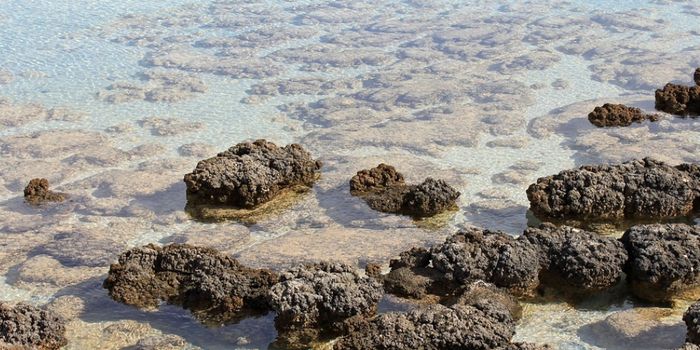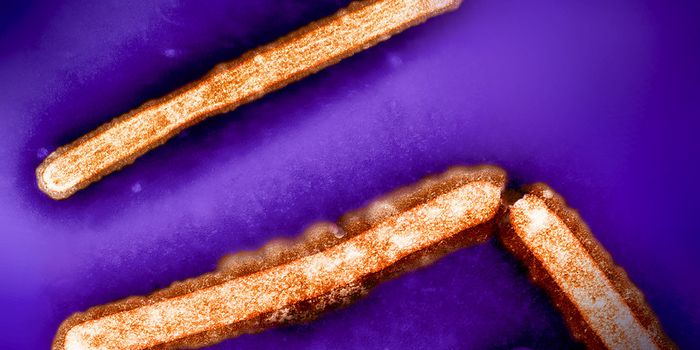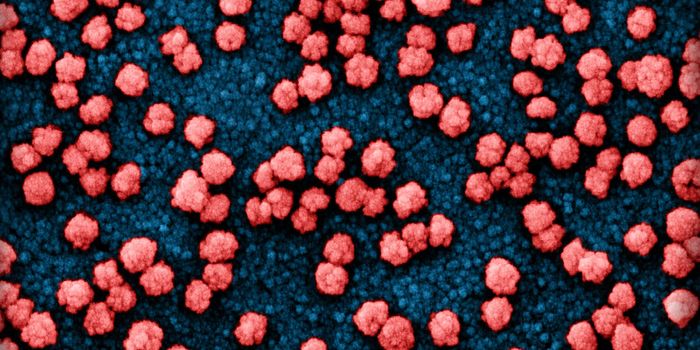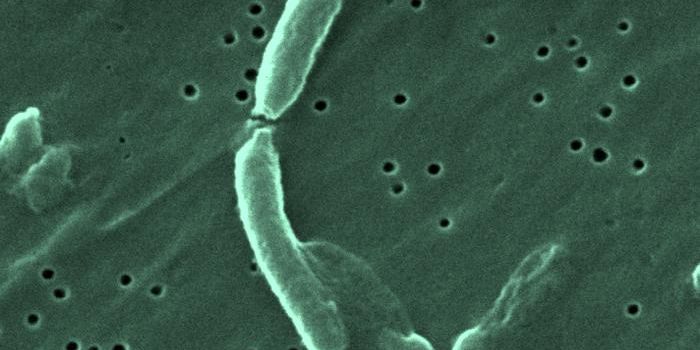Detecting parasites only costs a few bucks
Cryptosporidium parvum is a protozoan parasite that causes intestinal illness in people and animals. For the immunocompromised, these infections cas actually be deadly.
In immunocompetent patients, cryptosporidiosis causes self-limiting diarrhea that usually lasts for a couple of weeks. People can also experience nausea, vomiting, and a fever. In immunocompromised patients, however, the diarrhea is much more severe, and they can suffer weight loss and anorexia. In more serious cases, the parasites can invade other organs, including the bladder, pancreas, and even the respiratory tract.
C. parvum usually infects people when it crops up in drinking water, but it’s notoriously hard to identify. That’s where researchers from Lehigh University come in. They developed a cheap method for detecting C. parvum oocysts in water.
Usually chlorine is potent enough to kill any bacteria, viruses, and fungi that hang out in drinking water. Unfortunately, C. parvum is among the handful of organisms that are resistant to chlorine. C. parvum can resist chlorine because it forms a protective oocyst. The oocysts can survive temperatures as cold as -22C, as well as large shifts in pH.
C. parvum is actually an obligate intracellular pathogen, meaning that it can only reproduce inside of a host cell. Once it makes its way into your intestine, the oocysts release four sporozoites that invade intestinal epithelial cells. From there, host cells probably release cytokines that produce the symptoms of infection - abdominal cramps, diarrhea, and fever.
According to study author Kristen L. Jellison, “we think we can develop a [detection] surface that can be commercially produced for around $5. This would allow utilities and water resource managers to better protect the public from exposure by sampling more locations with greater frequency and obtaining more reliable and comprehensive data about the sources of the parasite in the watershed."
To develop this surface, they needed to know how C. parvum attached itself to environmental biofilms - they found that attachment is calcium-dependent. Understanding how C. parvum attaches to biofilms will also help the researchers determine where the parasites originally entered a water source.
Not only will this research help identify C. parvum in water samples, it may also help people design interventions that keep the parasites from attaching to biofilms in the first place. What’s more, “understanding the mechanism could even open the door to preventing the parasite from binding in the intestine and making people sick," says Jellison.
C. parvum is no joke when it comes to contaminating drinking water. There have actually been six major outbreaks of cryptosporidiosis in the US. The largest occurred in Milwaukee in 1993 and sickened roughly 400,000 people!
Sources: Science Daily, Applied and Environmental Microbiology, Kenyon College, Stanford University, Wikipedia









